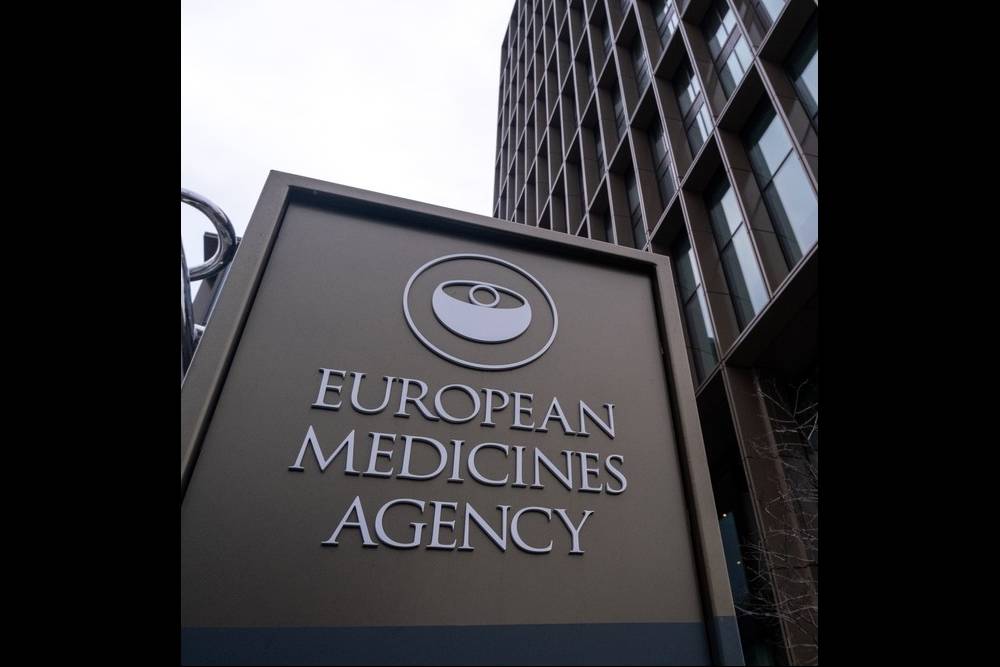Cell and gene therapy regulatory framework in Europe
By Andrea Zobel


From the earliest stages of development to the eventual distribution to patients, logistics solutions with established partners and cold chain solutions are virtually mandatory to deliver the potential of cell and gene therapies (CGTs) globally. These therapeutics present drug developers with entirely new manufacturing and distribution paradigms with the patients firmly at the center of a continuum of care.
Currently the only therapy classified as advanced therapy medicinal products (ATMPs) in the European regulatory framework, CGT modalities exhibit the potential to cure disease by addressing the root cause of the condition rather than treating it symptomatically. Based on natural or modified human genes, tissue, or cells, ATMPs include gene therapy medicinal products, somatic cell therapy medicinal products and tissue-engineered medicinal products.

Although the field is still in its infancy with just 22 treatments approved by the U.S. Food and Drug Administration (FDA) and 11 approved by the European Union’s (EU) European Medicines Agency (EMA), the development pipeline is growing fast. Currently, there are approximately 1,000 CGTs in development and clinical trial, including several in Phase 3.1
The science behind these therapies, as well as the means to deliver them commercially, is advancing rapidly. According to Research and Markets, the market for CGTs is expected to grow from $4.4 billion in 2020 to $15.5 billion in 2025 at a rate of 28.7 percent. The market is then expected to grow at a CAGR of 17.3 percent from 2025 and reach $34.3 billion by 2030.2
Conflicting regulatory environment mires development
Although market growth is expected to be robust, these emerging modalities are running into some regulatory headwinds as development continues and companies seek to introduce these therapeutics to patients globally.
Particularly in Europe, conflicts with product release, labeling, and genetically modified organism (GMO) guidance are presenting compliance challenges that will be tough to overcome without regulatory reform. Below are three examples of regulatory guidance that potentially will constrain CGT delivery commercially:
1. Release requirements constrain delivery and impact patient access
European guidance notes that batches of ATMPs should only be released for sale, supply to the market, or for use in clinical trials after certification by a qualified person (QP) who is responsible for ensuring compliance with EU good manufacturing practice (GMP) even for therapies imported into or exported from the European Union. Until a batch is released, it should remain at the site of manufacture or be shipped under quarantine to another authorized site. That requirement can constrain and tighten logistical timelines and challenge sponsors to provide controlled storage of products waiting for release.
One possible avenue for relief here would have regulators allow for a remote QP to release at the point of treatment for imported ATMPs from non-EU countries into the EU.
2. EU labeling guidance introduces complexity and cost
The labeling of investigational ATMPs or ATIMPs (advanced, therapy investigational medicinal products) should comply with the requirements of Regulation (EU) No 536/2014 which request a large list of information on each label. Of particular note for European CGT developers is this portion of the guidance that states: “If it becomes necessary to change the expiry date, an additional label should be affixed to the investigational ATMP. This additional label should state the new expiry date and repeat the batch number.”
The requirement means that even autologous ATMPs need labeling according to Annex IV of the regulation. Furthermore, for allogeneic therapies, labelling in all languages of countries of use and updates of shelf life must be conducted (as for any other investigational medical product (IMP) adding an additional label stating the new expiry date and repeating the batch number. This is difficult due to the small size of many packages and can impact quality, especially of cryopreserved ATMPs, which should always remain below -140°C to assure integrity.
Though a seemingly simple compliance requirement, the task’s difficulty and cost are compounded by regulators requiring a full label on products with information printed in multiple languages. With ATMPs there likely is little physical real estate for all the mandated information that must appear on product labeling.
Industrial information technology offers both developer and regulator a simple solution: Allow CGTs to be labeled only with small unique identifiers or a QR code.
3. Genetically modified ATMPs clash with GMO dangerous goods classification
Gene therapy medicinal products (GTMPs) are ATMPs which contain genetically modified cells or viruses that are classified by some manufacturers as GMOs and are transported as dangerous goods under regulation UN3245. Although human therapies are exempted from the GMO framework in international transportation and environmental risk guidance (such as those by the International Air Transport Association (IATA) and The Cartagena Protocol on Biosafety) some GTMPs are shipped as GMOs and storage time at depots and treatment centers is often restricted to just three days by the responsible local regulatory agency. Upon examining the existing guidance from both the EU and the FDA, there is little evidence of enough external risk to warrant the classification.
In its Good Practice on the assessment of GMO-related aspects in the context of clinical trials with human cells genetically modified, European regulators note human cells cannot proliferate in the environment as they can only survive inside the human body or under in vitro culture conditions. In section 2.1, Identification and characterization of hazards, there are no hazards to animal health or the environment. US regulators support the assertion. The FDA generally considers CGTs that consist of genetically modified human cells to be substances that occur naturally in the environment for purposes of 21 CFR 25.31(c) because these cells are not viable in the environment and are degraded into naturally occurring substances. Genetically modified viruses used as GTMPs, such as adeno-associated viruses, are also designed for safe use and unable to proliferate or cause infection, therefore are also considered without risk by the FDA and the EMA and are shipped without a UN3245 dangerous goods classification.
Another simple solution presents itself: Eliminate the dangerous goods classification for ATMPs.
For patients’ sake: EU regulations need to find harmony
Patient access to ATMP breakthroughs is expanding but development has the potential to be constrained if specific issues found in current EU guidance are not reconciled. Current EU regulations have the potential to introduce unsustainable costs and complexity if current guidance is not harmonized and reconciled to the realities of delivering CGTs to increasingly larger and more global patient groups.
Fortunately, the industry’s developers are finding logistics solutions with third-party cryogenic logistics partners. According to a recent World Courier study of 100 companies in the sector, most ATMP innovators are currently leveraging third-party providers to remove the regulatory complexity and surmount technical challenges associated with clinical trial logistics.
Global reach and regulatory expertise are prerequisites to market entry and growth to meet demand. Respondents indicated that regulatory expertise, global network, and technical capabilities of third-party logistics providers are the prerequisites ATMPs need to assure safe patient access to these potentially life-changing therapeutics.
By utilizing its global network, World Courier helps advanced therapy companies build robust logistics platforms that support the clinical development and commercialization of therapies to meet patient treatment needs. For more information, contact us.
References
1. https://www.labiotech.eu/in-depth2/atmp-cell-gene-therapy-ema/
2. https://www.bU.S.inesswire.com/news/home/20210712005409/en/Global-Cell-and-Gene-Therapy-Market-Report-2021-Opportunities-Strategies-COVID-19-Impacts-Growth-and-Changes-to-2030---ResearchAndMarkets.com
3. https://health.ec.europa.eu/system/files/2019-10/atmp_guidelines_en_0.pdf





